#buphagus africanus
Text
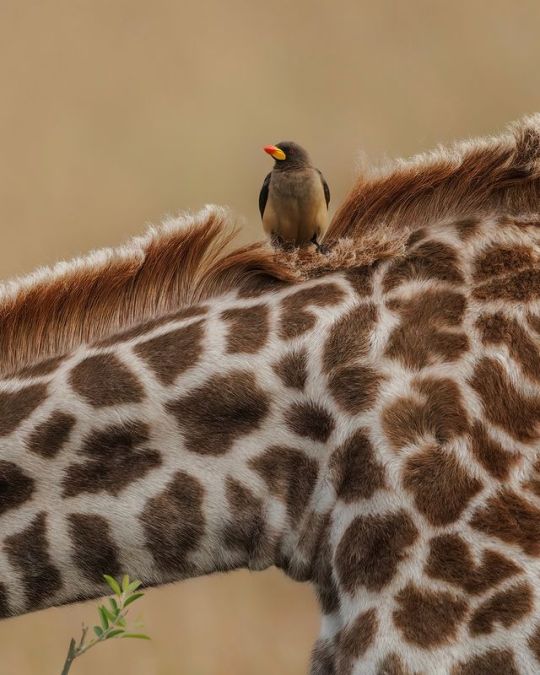
Yellow-billed Oxpecker
37 notes
·
View notes
Text
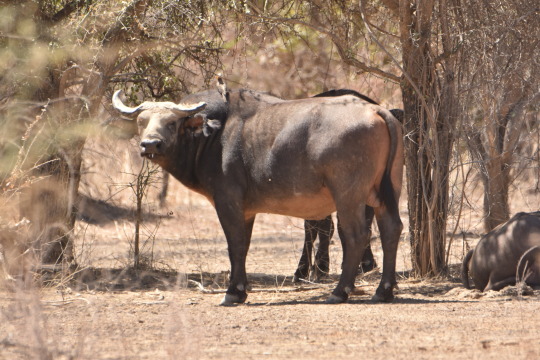
West African buffalo Syncerus nanus brachyceros
with yellow-billed oxpecker Buphagus africanus
Observed by oumarouhamadou, CC BY-NC
#Syncerus nanus brachyceros#West African buffalo#Bovidae#cattle#non-ungulate#bird#passerine#Buphagus africanus#yellow-billed oxpecker#Africa#Niger
23 notes
·
View notes
Text
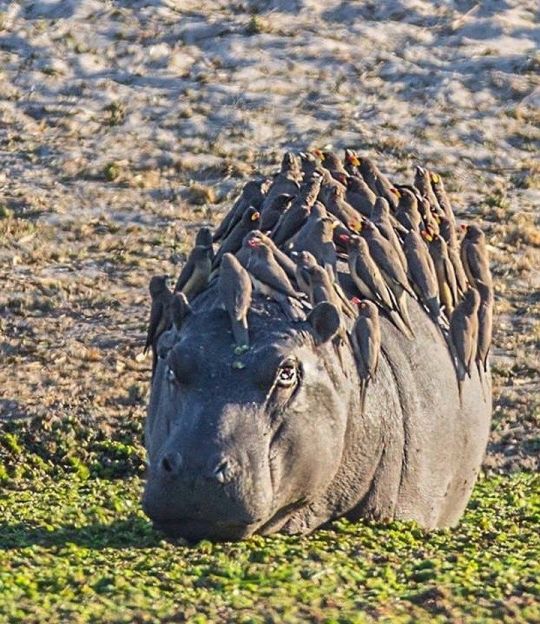
The Hippopotamus (Hippopotamus amphibius) & The Oxpecker Fleet (Buphagus africanus africanus)
The oxpeckers are two species of birds—the red-billed oxpecker and the yellow-billed oxpecker—that live in sub-Saharan Africa. The oxpeckers perform a symbiotic relationship with the large, hoofed mammals of the area.
Photo: Jacana Maun :: [h/t Robert Scott Horton]
* * * *
“May all that have life be delivered from suffering”
― Buddha
21 notes
·
View notes
Text
BRACKET A
Yellow-Billed Oxpecker (Buphagus africanus)
These birds eat bugs. They love ticks in particular. But their REAL favorite food is blood. For some reason, mammals just tolerate oxpeckers pecking them until their skin breaks and they can suck out the blood inside.
VERSUS
American Woodcock (Scolopax minor)
Their brains are upside down and they do a little dance to summon worms. Their nicknames include timberdoodle and bogsucker.

44 notes
·
View notes
Photo
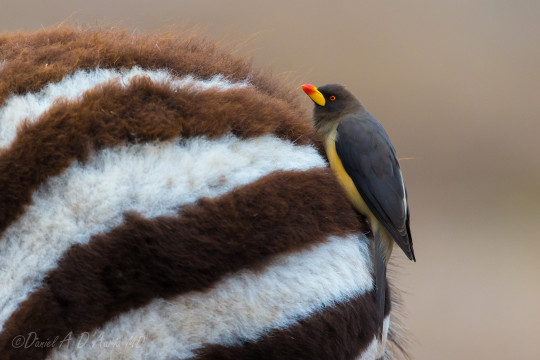
Yellow-billed oxpecker (Buphagus africanus)
Photo by Daniel D'Auria
#yellow billed oxpecker#oxpecker#buphagus africanus#buphagus#buphagidae#muscicapoidea#passerides#passeriformes#psittacopasserae#eufalconimorphae#australaves#telluraves#inopinaves#neoaves#neognathae#aves#therapoda#archosauria#sauropsida#reptilia#tetrapoda#vertebrata#chordata
22 notes
·
View notes
Photo
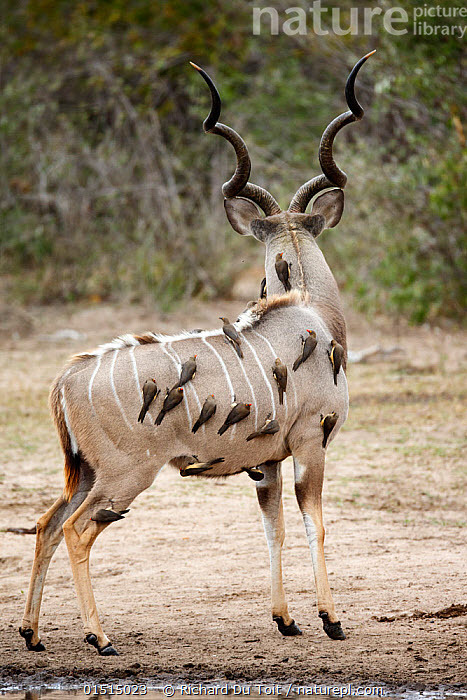
Greater kudu (Tregalaphus strepsiceros) covered in Yellowbilled oxpeckers (Buphagus africanus) rear view, Kruger National Park, South Africa.
Photographer: Richard Du Toit
#richard du toit#photographer#greater kudu#tregalaphus strepsiceros#yellowbilled oxpeckers#buphagus africanus#kruger national park#south africa#nature
81 notes
·
View notes
Photo
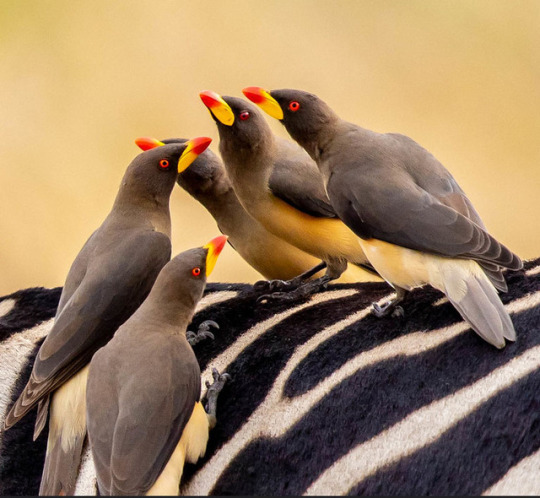
Things are looking up today :) by Frank Metcalf
Yellow-billed Oxpeckers (Buphagus africanus)
499 notes
·
View notes
Photo

204 notes
·
View notes
Photo
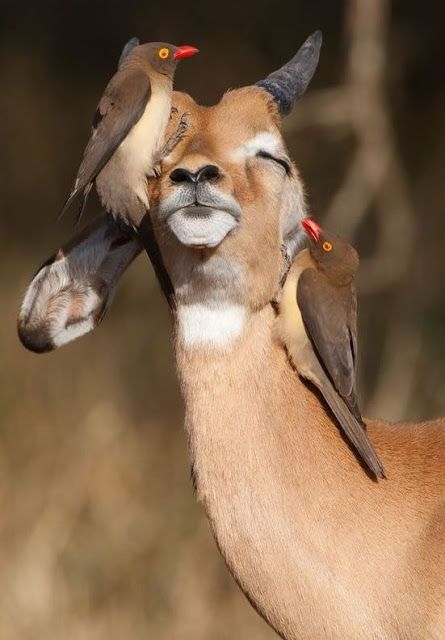
#antelope#Gazella#cattle#Buphagus#oxpecker#africa#african#savannah#savana#Buphagus africanus#animal#animals#wild#wildanimal#wildaniimals#wildanimals#wild animals#wild animal#aesthetics#aesthetic#aestehtic#aestethic#nature#life#wildlife
7 notes
·
View notes
Photo

Buphagus africanus by Francesco Veronesi
1 note
·
View note
Photo
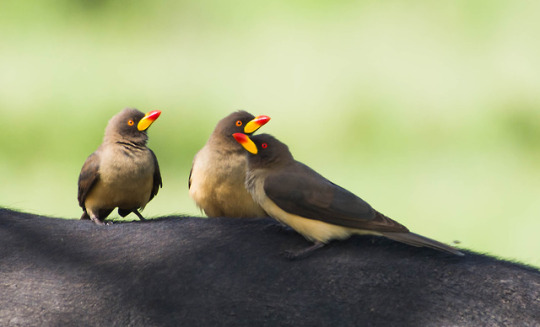
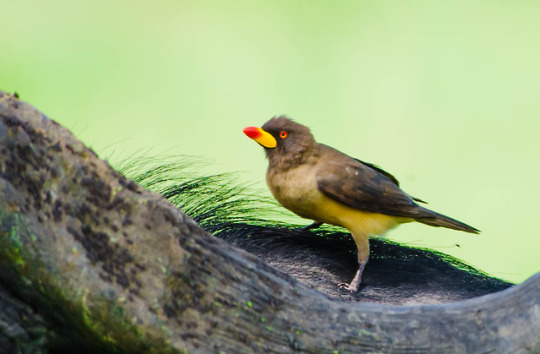
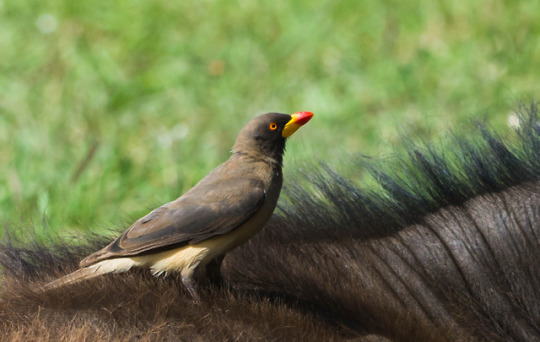
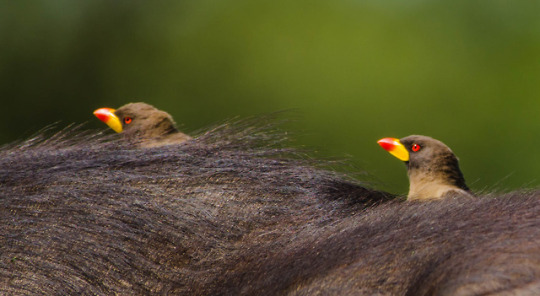
Yellow-billed oxpecker (Buphagus africanus)
#Yellow-billed oxpecker (Buphagus africanus)#birds#wild#nature#colors#original photographers#photographers on tumblr#Masai Mara#Kenya
2 notes
·
View notes
Photo
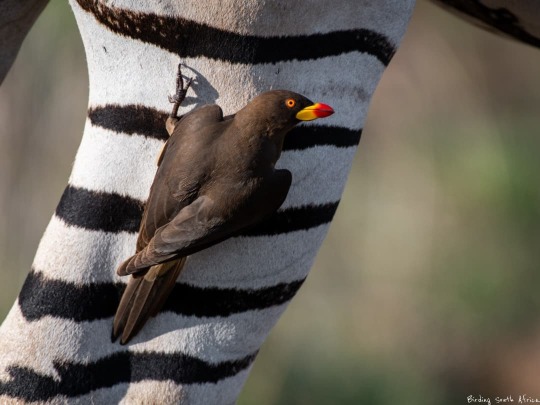
Yellow-billed Oxpecker
#yellow billed oxpecker#oxpecker#Buphagus africanus#bird#upl#zebra#Passeriformes#Buphagidae#Buphagus
2 notes
·
View notes
Text

Livingstone's eland Tragelaphus oryx livingstonii
with yellow-billed oxpecker Buphagus africanus
Observed by osiev, CC BY-NC
#Tragelaphus oryx livingstonii#Livingstone's eland#Bovidae#antelope#non-ungulate#bird#passerine#Buphagus africanus#yellow-billed oxpecker#Africa#Malawi
12 notes
·
View notes
Photo

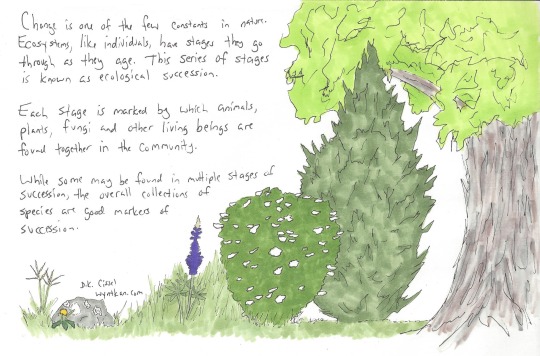
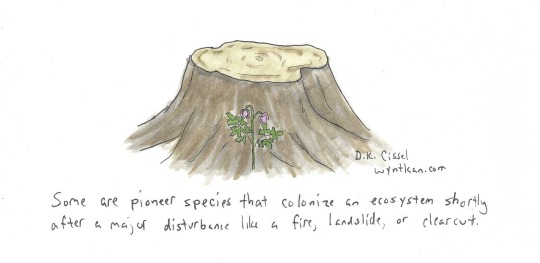
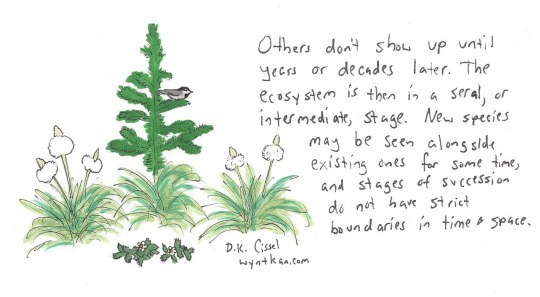



For a lot of people, a bunch of trees in a place counts as a “forest”. Yet those of us who have a more ecological eye can take a look at those trees and figure out whether they’re an established forest, or whether they’re in a younger stage of succession, just by looking at the age of the trees and the various species of living being represented. Other ecosystems may be a bit more challenging to assess, but they have their own chains of succession as well. And as I explained in my comic on old growth forests, not all species can live in a younger, recovering ecosystem. So consider this comic a very basic introduction to the idea that there’s more to a given habitat than what immediately meets the eye!
Also, I had a lot of fun drawing new ecosystems I’ve never tried before! I’m especially proud of my portrait of Loowit (Mt. St. Helens.)
Species portrayed: Plains zebra (Equus quagga), yellow-billed oxpecker (Buphagus africanus), acacia tree (Acacia sp.) big bluestem grass (Andropogon gerardii), common dandelion (Taraxacum officinale), greenshield lichen (Flavoparmelia caperata), wild lupine (Lupinus perennis), arrowwood viburnum (Viburnum dentatum), eastern red cedar (Juniperus virginiana), shagbark hickory (Carya ovata), Pacific bleeding heart (Dicentra formosa), mountain chickadee (Poecile gambeli), noble fir (Abies procera), beargrass (Xerophyllum tenax), wild strawberry (Fragaria virginiana), saguaro cactus (Carnegiea gigantea), prickly pear cactus (Opuntia ficus-indica), mesquite (Prosopis sp.), paloverde (Parkinsonia sp.), paintbrush (Castilleja sp.), northern pocket gopher (Thomomys talpoides), northern red snapper (Lutjanus campechanus), green brittle star (Ophiarachna incrassata), assorted corals
Transcript under cut.
Title: What is Ecological Succession?
[First panel: a scene with a plains zebra with two oxpecker birds on its back, and an acacia tree in the background. The exact same scene is replicated four times with the years 5000 B.C., 1000 B.C., 1800 A.D. and 2020 A.D. under each.]
It’s common to think that ecosystems don’t change, and that what you see today is what’s always been. Yet that isn’t the case.
[Second panel: a forest at different points of succession, with grasses and small herbaceous plants on the left, larger shrubs and small trees in the middle, and a large hickory tree on the right]
Change is one of the few constants in nature. Ecosystems, like individuals, have stages they go through as they age. This series of stages is known as ecological succession. Each stage is marked by which animals, plants, fungi and other living beings are found together in the community. While some may be found in multiple stages of succession, the overall collections of species are good markers of succession.
[Third panel: A Pacific bleeding heart flower grows in front of an old tree stump.]
Some are pioneer species that colonize an ecosystem shortly after a major disturbance like a fire, landslide, or clearcut.
[Fourth panel: A small noble fir tree has a chickadee in its branches, while beargrass and wild strawberries grow nearby]
Others don’t show up until years or decades later. The ecosystem is then in a seral, or intermediate, stage. New species may be seen alongside existing ones for some time, and stages of succession do not have strict boundaries in time and space.
[Fifth panel: a desert scene shows saguaro cactus and prickly pear cactus in the foreground with mesquite and paloverde shrubs behind them, and a ridge in the background]
It may be centuries before the ecosystem reaches its climax stage. At this point, the variety of species living there becomes more or less stable. The living beings also maintain good balance with their physical habitat, including the hydrological cycle (what happens to water in the ecosystem) and the nutrient cycle (how nutrients pass from one being to another.) It remains stable until another disturbance occurs.
[Sixth panel: the foreground shows a northern pocket gopher on a rock next to some paintbrush flowers and grass; behind the hills in the background, Mt. St. Helens shows its giant post-eruption crater]
There are two main types of succession. Most of what I’ve covered so far is secondary succession, when an existing ecosystem is damaged. Primary succession is when a totally new ecosystem is formed, such as when sand dunes expand to new territory, or when volcanic lava cools to create new land. Both types can happen in the same place. For example, the 1980 eruption of Mt. St. Helens in Washington completely wiped out ecosystems directly around the volcano, as did mudflows in some areas further out. All life was destroyed in these places. Yet many other areas, while badly daamged by ash, pyroclastic events, and mudflow, still saw some living beings survive to repopulate. Mt. St. Helens Volcanic Monument protects this patchwork of primary and secondary succession examples, and scientists gather valuable data on both here.
[Seventh panel: a red snapper fish and a green brittle starfish live in a vibrant coral reef with many types of coral]
All ecosystems have succession. More fragile ones like deserts, wetlands and coral reefs, may take longer to recover from disturbances. This is why it is so important that we carefully consider the impact of our actions before we do something that damages or destroys an ecosystem. The wrong choice may mean it will be many lifetimes before the place we’ve harmed recovers entirely--if ever.
73 notes
·
View notes
Photo

A Gemsbok (Oryx gazella) stands in shubbery. A Yellow-billed Oxpecker (Buphagus africanus) rests on it’s rump. Via Snapshot Safari
0 notes
Photo

Yellow-billed oxpeckers (Buphagus africanus africanus) on zebra, Senegal
phothograph by Charles J. Sharp | Wikimedia
41 notes
·
View notes